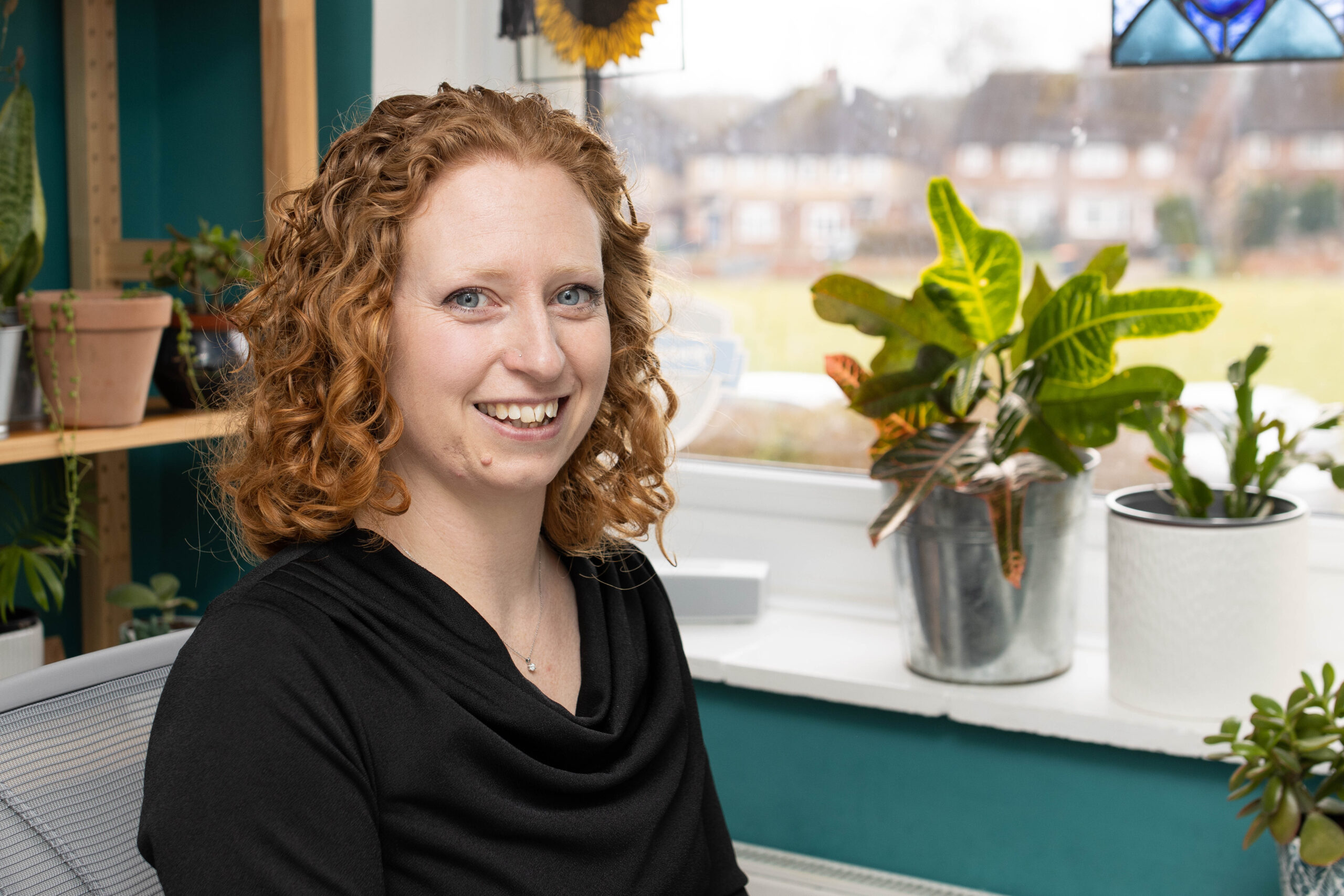
Sep 24 - 0 minutes read
Top five tips for a stress-free tax return

The deadline for the 23/24 self-assessment is coming up on the 31st January 2025.
The fear of HMRC is real, and many sole traders find the process quite stressful. I’ve set out my top tips to help you get on top of the self-assessment and take the stress out of it.
1.Split out your income and expenses. Keep these on two separate tabs on your excel sheet. On the expenses tab, list all the expenses down one side by date, description and amount. Then you can keep a running total for things like stationary, materials etc.
2. Unless your business owns the car/van, don’t save all your petrol receipts and put these through. I’ve sat with clients who are convinced they will be able to claim more by claiming a proportion of petrol than mileage. When we do that, mileage always gives the more significant expense because it’s designed to incorporate the wear and tear of the car. Mileage up to 10,000 in a car or van is 45p per mile. Over 10,000 miles is 25p per mile. But did you know, if you cycle somewhere, you can also claim this at 20p per mile. A motorbike can claim 24p per mile.
3. As a rule of thumb, save about 30% of your profit for taxes throughout the year. If you are on top of your accounts, you can keep a close eye on your profit and start to think about your tax liability. If you tend to leave the adding up until you do the self-assessment, it’s hard to know what the tax bill will be. There is also something called payment on account, which means that if your tax bill is over £1,000, HMRC requires you to make another payment of £1,000 towards the next tax bill. For example, you pay £1,000 for the 21/22 tax bill in January 2023, you then have to pay an additional £500 in January 2023 and another £500 in July 2023. The extra £1,000 reduces the 22/23 tax bill. It’s painful if you don’t know it’s coming and haven’t saved for it. A guideline of 30% of profit being saved will help cushion any payments on account that need to be made.
4. File early. The deadline is the 31st January each year. However, the tax year ends on the 5th April. For example, we are working towards 31st Janaury 2025 for the 23/24 tax year, but I started filing client tax returns on the 6th April 2024 because that’s the start of the new tax year. This also means you have nine months to pay off a tax bill. You don’t need to pay it all at once. As long as you have the correct reference, it will be credited to your account.
5. Use software and get away from a shoe box of receipts and excel spreadsheets. There are several different softwares available which are designed for sole traders who don’t like doing their accounts. Some are very visual and easy to use. Having your accounts on software will also mean you can check your profit and loss at any point throughout the year and know if you are making a profit.
Self-assessments don’t have to be stressful. I really like them! If you get the information together, you can get on top of your taxes and plan for the bill.
Although a self-assessment can feel like a huge deal, they are part of the whole picture, which is knowing your numbers and understanding how your business is doing. If we only concentrate on a self-assessment, we aren’t looking at how to grow and invest in the business.
If you’d like to take more control over your accounts and not just think about them as a last-minute thing, let’s talk about how I can support you.








Comments